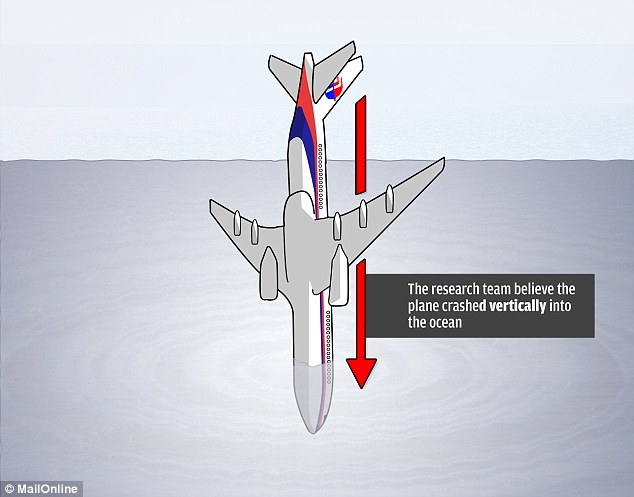Oh, the technology absolutely exists. Perhaps not practical for the extra cost to do live video streaming (bandwidth) from the cockpit, but easy enough for a "virtual black box" that live streams flight data including position, altitude, and IIRC cockpit voice. Several news stories about that last year due to this missing flight.
The airlines simply do not want to spend the money. And no one airline is going to do that to incur the costs that their competitors do not also incur. So it'll take regulatory action to make it happen. Question is how many more mysterious crashes have to happen before inevitably it is required.
- George Gassaway
Sorry George, I hate to disagree with you, but almost nothing is correct.
You cant just put a thing on an airliner, and if said thing transmits ANYTHING it's even harder. The FAA is VERY careful about anything to do with airliners,
and nothing happens fast. In the 1990's my airline installed HUDs on our 737s. The same HUDs that were operating on pur 727s for years. The paperwork
sat on a desk for 8 months before getting approval!
Another thing is the cost involved is enormous! In a meeting this week I learned that 1 coffee maker on our 737s costs $35000.
So how much would the $600 video system end up costing.
Don't believe most of what you hear on the news about aviation. They get it crazy wrong most of the time.
At this point it has NOTHING to do with cost. It has to do with governmental agencies all over the world trying to figure out/agree on what they are going to make the airlines
do.
There already exist a very workable solution. It has been used for years, it is on many western aircraft that fly long range routes now. It's about as foolproof as something can be.
It involves GPS position transmitted via SatCom at very frequent intervals. This is probably what is going to happen but some Asian carriers are fighting it.
The reason nothing has been done yet is there is no international consensus yet.






